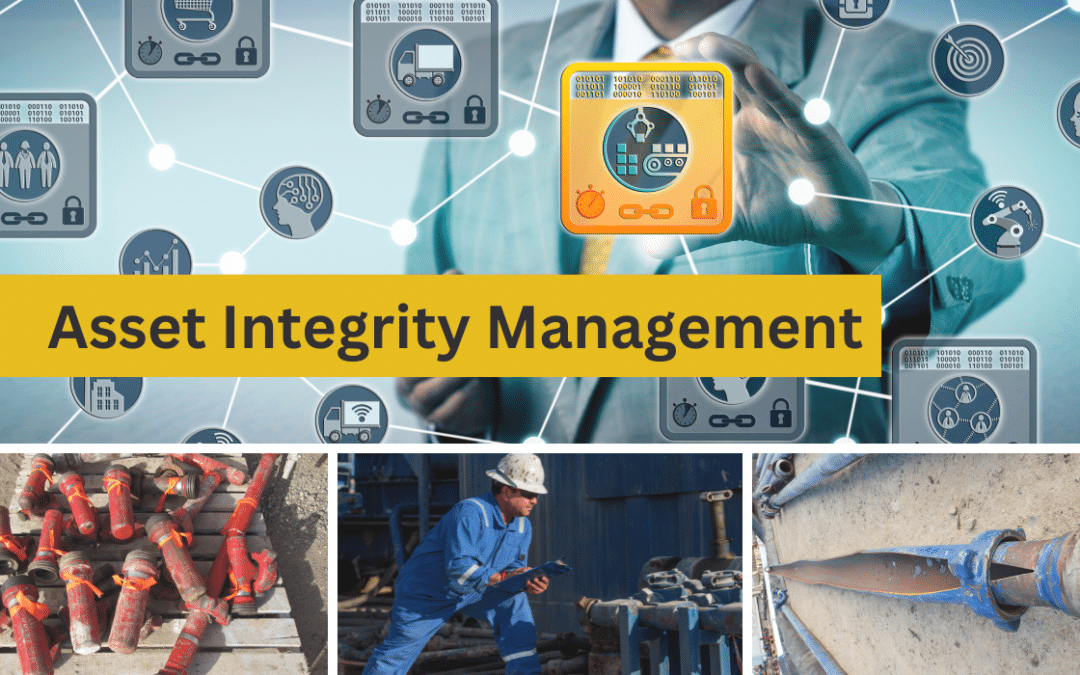مقدمھ :
This Asset Integrity Management training program is designed to equip professionals in the Project &
Engineering
Unit with the knowledge and practical tools needed to maintain and improve the integrity of assets throughout
their lifecycle. The program focuses on the principles, standards, and strategies essential for ensuring assets are
operated safely and effectively, mitigating risks, and maximizing operational efficiency. This course will cover the
full scope of asset integrity management, from design and construction to operation, maintenance, and
decommissioning.
Objectives
Understand the concept and importance of asset integrity management in engineering projects.
Learn about regulatory frameworks and standards governing asset integrity.
Gain knowledge of risk management strategies and failure analysis.
Develop skills to assess, monitor, and enhance the performance of assets.
Learn techniques for maintaining and extending asset life while ensuring safety and compliance.
Understand the role of technology and innovation in asset management.
Organizational Impact:
Enhanced Safety: Ensures assets are maintained and monitored for potential risks, reducing accidents and improving workforce safety.
Optimized Asset Performance: Teaches how to maximize the performance and reliability of assets, leading to cost savings and extended asset lifespans.
Compliance and Risk Reduction: Helps ensure the organization complies with regulatory requirements, reducing the risk of legal penalties.
Improved Decision-Making: Provides valuable insights for project and engineering departments, fostering better planning, design, and operational strategies.
Target Audience:
Engineers and project managers involved in asset lifecycle management.
Professionals in maintenance, operations, and reliability engineering.
Risk and safety managers.
Supervisors and leaders in the Project & Engineering Unit.
Day 1: Introduction to Asset Integrity Management
Definition and importance of asset integrity
Overview of asset lifecycle: design, operation, maintenance, and decommissioning
Key standards and regulatory frameworks: ISO, API, etc.
Asset integrity vs. asset management
Organizational roles and responsibilities in asset integrity
Day 2: Risk-Based Approach to Asset Integrity
Introduction to Risk-Based Asset Integrity Management (RBI)
Identifying asset risks and criticality
Risk assessment techniques and tools
Fault tree analysis and failure modes
Case studies on asset failures and lessons learned
Day 3: Monitoring and Maintenance of Assets
Asset monitoring techniques and technologies
Predictive and preventative maintenance strategies
Integrity testing and inspection: tools and best practices
Data management and asset performance analysis
Developing and implementing maintenance plans
Day 4: Asset Integrity Strategies and Optimization
Asset Integrity Management Plans (AIMP)
Condition monitoring and performance metrics
Decision-making for asset maintenance vs. replacement
Life-cycle cost analysis (LCCA) for asset management
Use of technology and innovation in asset integrity (IoT, AI, Digital Twins)
Day 5: Practical Applications and Case Studies
Review of real-world asset integrity challenges
Group work: developing an asset integrity management plan
Key challenges in project & engineering units
Maintaining asset integrity across project phases (from design to decommissioning)
Final review and Q&A

